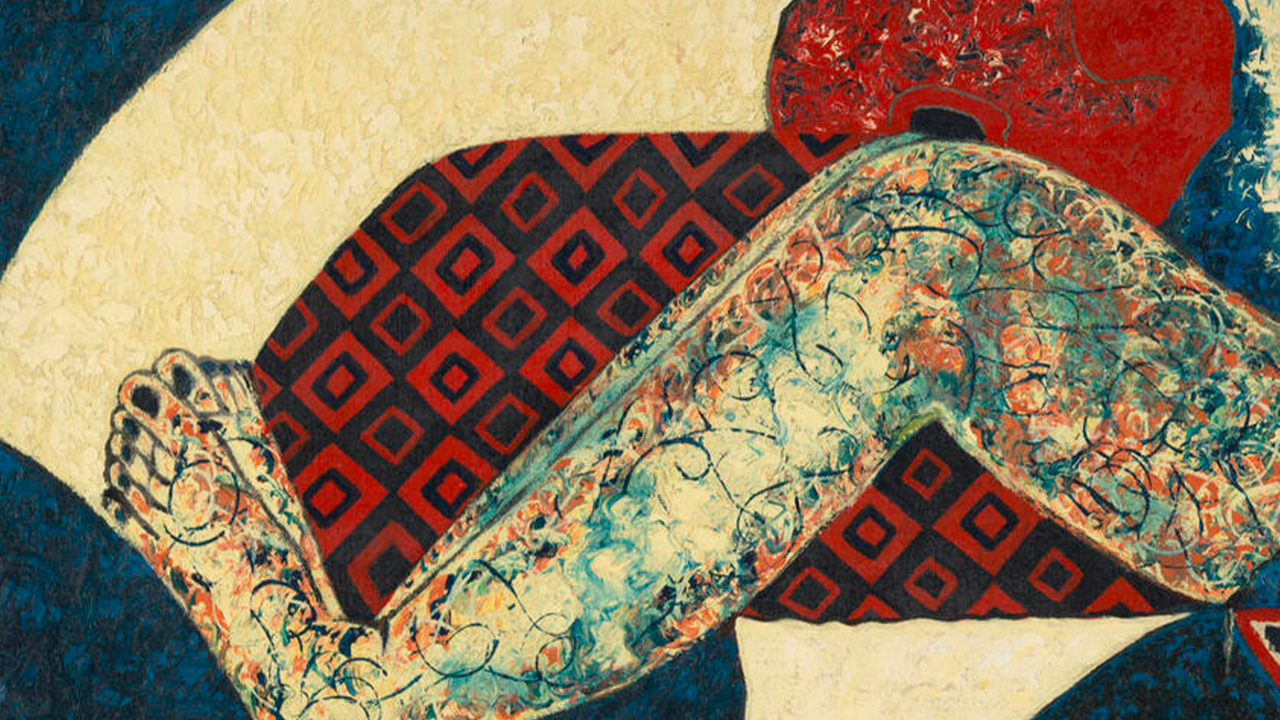The Real Estate Show Was Then: 1980

‘This is a short-term occupation of vacant city-managed property.’ So started the ‘Manifesto or Statement of Intent’ written by the organizers of ‘The Real Estate Show’, an art exhibition-cum-political action open for one day in New York’s Lower East Side (LES) at the literal dawn of the 1980s.
The brainchild of 1970s downtown artist collective Colab, the show was held in an empty, dilapidated showroom storefront on Delancey Street, which the organizers had broken into on Christmas Eve in 1979, using bolt-cutters concealed in a guitar case.
The work was baldly political, protesting the scourge of what experimental filmmaker and LES resident Jack Smith called the ‘Lobster Landlordism’ of the late ’70s – absentee landlords evicting poor residents, raising rents, exploiting artist-tenants to ‘renovate’ rundown lofts for wealthier occupants, and burning their own properties for insurance payouts. This dire trend was compounded by the municipal government’s Department of Housing, Preservation and Development (HPD), which padlocked hundreds of vacant buildings for decades in preparation for private mega-developments that never happened.
The show’s reverberations were disproportionate to its initial impact, the earliest echoes being the better-known ‘Times Square Show’ (also organized by Colab), later that year, and the foundation of ABC No Rio, a nearby artist-run space for radical art and activism that exists to this day. While most of the artists in ‘The Real Estate Show’ were white bohemians, the action was dedicated to Elizabeth Mangum, a middle-aged African-American woman who had recently been killed by police as she resisted eviction from her Brooklyn apartment. James Fuentes, the gallerist who mounted this version of the show in his Delancey Street space, was a three-year-old boy in a neighbourhood housing project at the time.
By 2 January 1980, the day after the show’s public opening, the authorities had discovered it and put a new lock on the door, trapping the art inside. The organizers called a press conference for 8 January in front of the building. Reporters witnessed the confrontation between Colab and HPD. Significantly, so did Joseph Beuys, in town for his Guggenheim retrospective. The HPD officials recognized that Beuys was famous and being fêted by a major local museum. Seeking to avoid a PR disaster, HPD negotiated with the show’s organizers, eventually granting them rights to the abandoned space that became ABC No Rio. HPD held the art ‘hostage’ in an uptown warehouse for several weeks, but eventually allowed the artists to claim it. The original pieces on display at James Fuentes resemble outsider art in their homespun simplicity and wacky optimism. Peter Fend’s illustrated instructions for making the LES energy independent by means of seaweed-derived methane gas, and Bobby G’s sculpture of crumpled cigarette packs with text noting that if all smokers on the LES pooled their cigarette money for one day they could buy a building, are especially bittersweet.
Other pieces are starkly angry: Robin Winters’s hand out drawing of a landlord, with a word balloon reading ‘Pay or Get Out’; Becky Howland’s large paper mural of an octopus clutching tenement buildings, money, knives and jewels. One photo shows a man banging on the shuttered door of the Long Island College Hospital, Prospect Heights branch, captioned: ‘You can’t lock me out. I was born here!’ Some details made me angry: a torn loft lease from 1977 rubbed in the fact that for years I have been paying more per month for a one-bedroom flat in Brooklyn (from which I am soon to be priced out by an obscene rent hike) than this SoHo loft tenant paid per year.
Ironies abound. The very Colab artists who colonized the area went on to start ABC No Rio, which helped bring more white hipsters to what had been a primarily Puerto Rican and Dominican neighbourhood. Today, the area is lined with galleries, boutiques, high-end restaurants and other amenities for the digital bourgeoisie. The Seward Park Urban Renewal Area, on the edge of which the original ‘Real Estate Show’ briefly existed, started razing buildings in 1967 but did nothing with the property in the intervening decades. Fifty years of wasted land later, private developers are finally going to break ground on Essex Crossing, a vast residential and commercial development that will dominate the area. Jane Jacobs’s discussion of The Death and Life of Great American Cities (1961) springs to mind.
Then there are the perils of nostalgia, radical chic and political containment by curating. There’s no doubt that Fuentes had the right intentions in resurrecting this show – he’s a boy from the ’hood, after all – but I was depressed by some of the spectators on the day I attended, who were taking a guided tour of locations pertinent to the show. I could imagine them saying to one another as they wandered around: ‘Look at all those people who thought they could change things. Weren’t they adorably deluded?’















